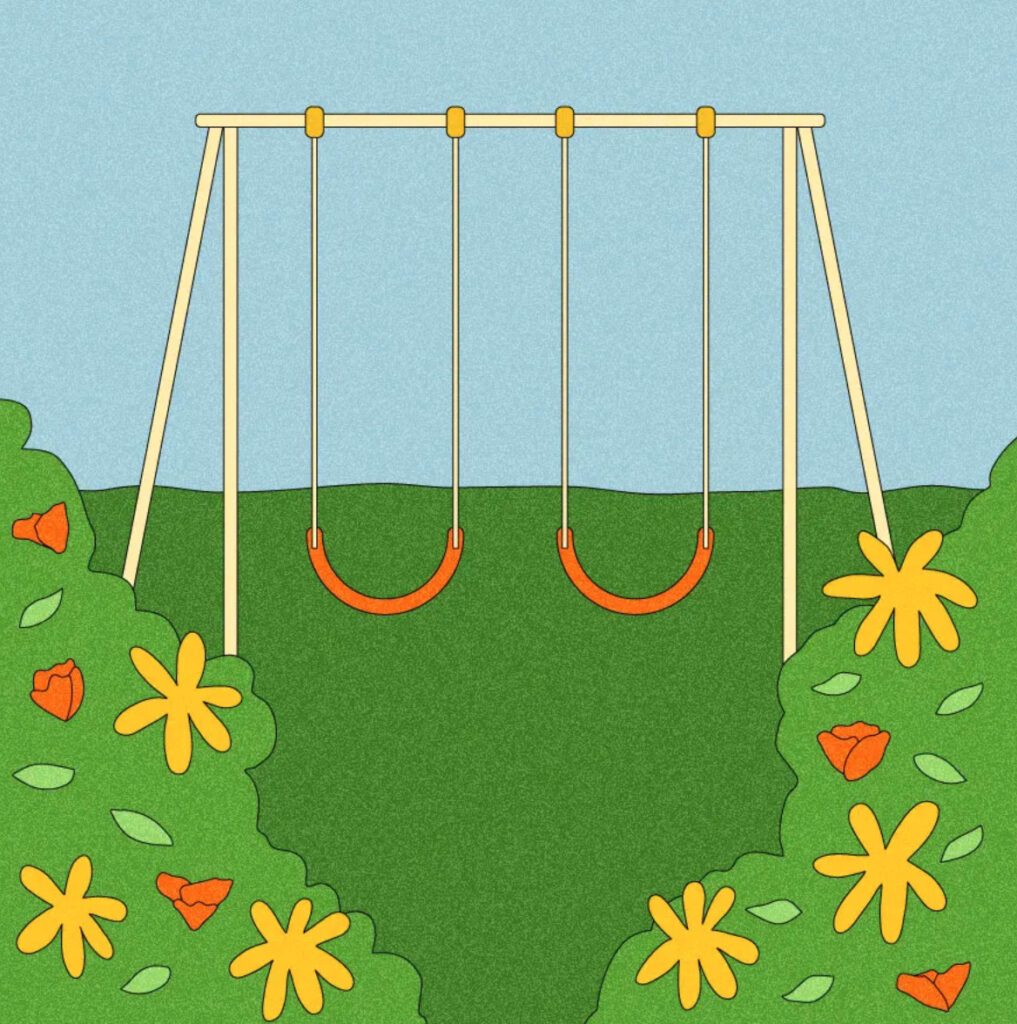From Grist
When Lois Brink’s kids were in elementary school, she remembers being struck by how uninviting their schoolyard was. She described it as “scorched earth” — little more than a dirt field coated in “I don’t know how many decades of weed retardant” and some aging play equipment. But Brink, a landscape architect and professor at the University of Colorado Denver, didn’t just see a problem. She saw fertile ground for a solution. Over the next dozen years, she helped lead a transformation of nearly 100 elementary school grounds across Denver into more vibrant, greener spaces, dubbed “Learning Landscapes.”
Public schools alone cover about 2 million acres of land in the U.S. Although comprehensive data is hard to come by, the “scorched earth” that Brink witnessed is the norm in many places — according to the Trust for Public Land, around 36 percent of the nation’s public school students attend school in what would be considered a heat island. And as with green spaces writ large, a dearth of schoolyard trees and other vegetation tends to be most common in lower-income areas and Black and brown neighborhoods.
“It really makes sense to think about how those spaces can serve well-being, development, learning, and social cohesion — and also environmental justice and resilience goals that can help a community thrive,” said Priya Cook, director of green schoolyards and communities at Children & Nature Network, one organization working to advance this goal. The org recently published a report looking at how the benefits of green schoolyards translate into economic value, focusing on Denver as a case study and using data from Brink’s work.

Incorporating factors such as school attendance and academic scores, carbon sequestration and rainwater retention, and overall community health and public safety, the report estimated that communities can reap a more than $3 return for every $1 invested in green schoolyards.
In Denver, Learning Landscapes schools saw increases in math and writing scores and overall school performance (a measure combining factors such as academic scores and graduation, dropout, and participation rates). And although this research is not definitive, the study stated that “if green schoolyards can improve student achievement in elementary school, they likely have a positive impact on high school graduation rates.” That in turn cascades into improved employment outcomes, and increased tax revenue. The study also concluded that benefits are amplified if green schoolyards are made available to the public. For instance, previous research has shown that property values increase by as much as 5 percent when the properties are within 500 feet of a park.
For Cook, translating the benefits of greening schoolyards into a monetary value is about more than helping schools think about how to spend their limited budgets – it’s about opening up new avenues of funding. “School districts are notoriously underfunded,” Cook noted. “And this is a strategy that benefits all of society. And so the financing needs to come from organizations in community development, economic development, public health — these sectors that are thinking about the whole child, whole community, society-level outcomes.”
Read more here
